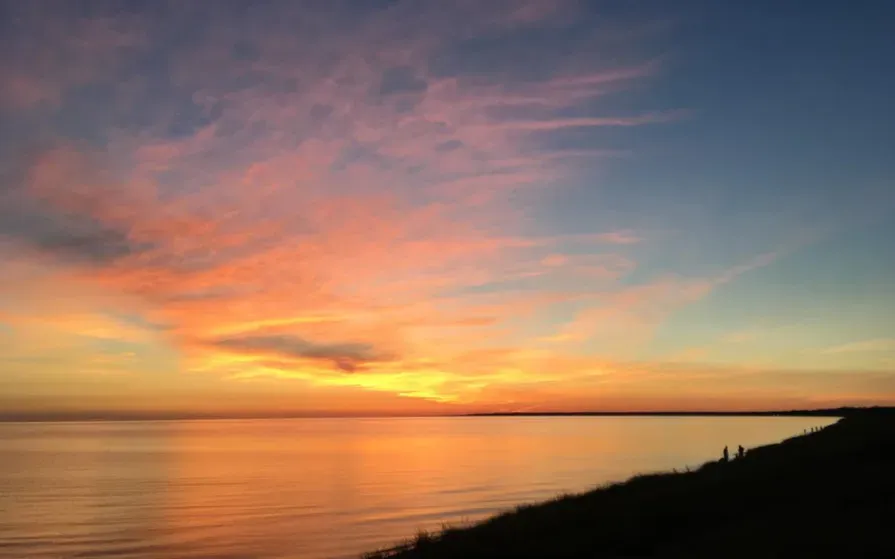The Lake Michigan is the only one of the five Great Lakes that is fully protected by the United States ; the other inland seas also share a border with Canada. Lake Michigan is the third largest lake in the Great Lakes and the only one that is located entirely within the United States. At the least since 1670, Lake Michigan has been the link between Chicago with the rest of the world. A treasured and plundered resourceat the same time, the lake has served as a Chicago landfill on several occasions, and has been a place from which vital recreational space has been reclaimed, as well as being a source of drinking water. In 1818, the new Illinois state boundary was adjusted to 60 miles north to include the lake shore as part of the eastern state boundary. It is important to know that without this change, Chicago would not even be located in Illinois.
 |
| Lake Michigan |
Lake Michigan Location
Lake Michigan is a lake that is located in the northern part of the center of the United States, on the American continent, occupying the third place in terms of extension of the lakes that are known as the group of Great Lakes. It is the only lake that belongs entirely to the United States. In addition, the lake is surrounded by the states of Indiana, Illinois, Wisconsin and Michigan, which in turn receive their name from the lake.
 |
| Lake Michigan |
History
The history of Lake Michigan is associated with the life of its primitive inhabitants, among which the Hopewell Indians stood out, a civilization with egalitarian government practices that had enough resources to develop its life in settlements, where the benefits were distributed among all.
 |
| Lake Michigan |
But this town with the passage of the years was reduced and after 800 years after Christ the region became the home of the Silvícolas Indians, whose pre-Columbian civilization was present in this place for at least one hundred years and were characterized by the construction of mounds, which are elevations of land in the manner of hills, used on many occasions for religious purposes or as funerary elements.
Upon the arrival of the European explorers, during the early seventeenth century, they met several tribes that were descendants of this Silvicultural culture, represented by indigenous groups such as: Winnebago; Chippewa; Ottawa; Miami; Menomini; Meskwaki; Potawatomi and Sauk.
